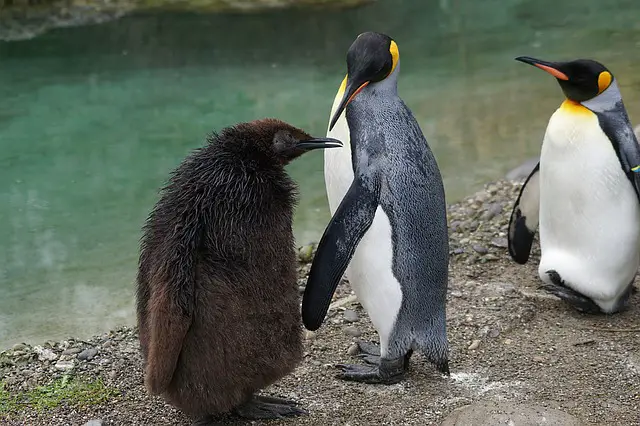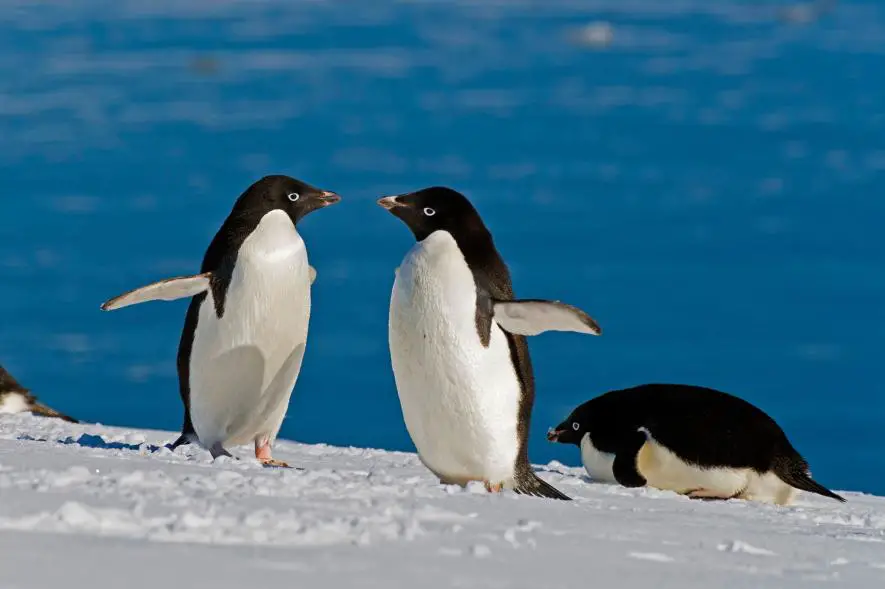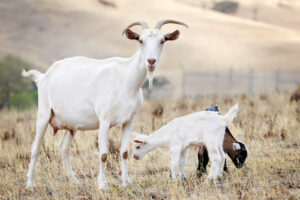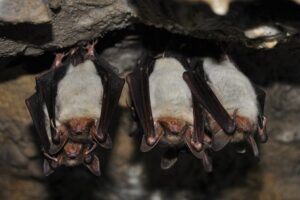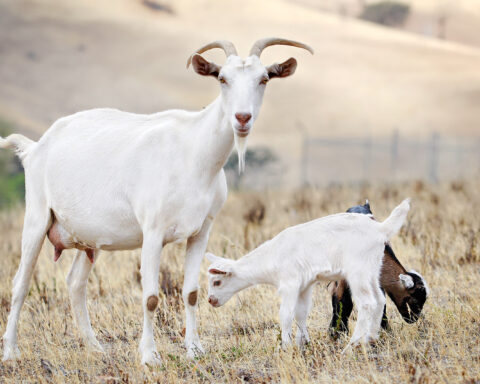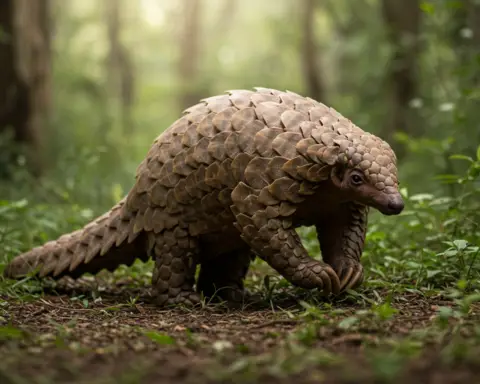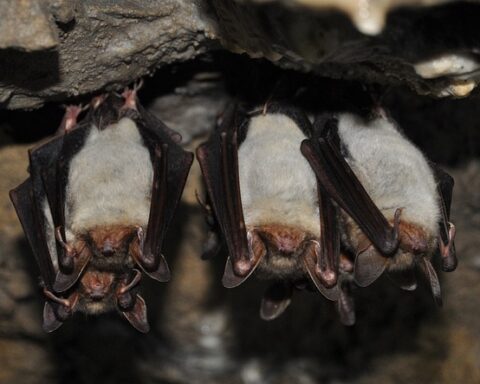Emperor penguins are able to stay warm in Antarctica’s cold by huddle. Researchers now model the inner workings of the huddle by looking through fluid dynamics.
Francois Blanchette from the University of California Merced is an applied mathematician who says that it took a lot of serendipity for him to get into this topic.
Blanchette explained, “I was looking at those penguin movies. I got to thinking: What do you work with? “You can clearly see the wind blowing through all these movies. You can also see snowflakes. I thought there might be a way for me to get involved in penguin huddling.”
Many penguins are able to survive the harsh Antarctic temperatures at -60 F and 100 mph. This has been a long-standing observation by biologists. Researchers have also shown that penguins move within the pack, moving to warmer places and dispersing heat loss.
Temperatures can reach 70°F in the huddle.
Blanchette took Blanchette’s idea one step further by creating math models of how the huddle shapes and behaves. He discovered that penguins attempt to maximize warmth by moving to the warmest spot, and that the huddle can take the shape of a cigar.
 Blanchette realized quickly that Blanchette didn’t like the shape of penguins he had seen in movies. He added another factor: penguins will experience random heat loss. The result was a rounder huddle, with some holes and some elongation towards the wind.
Blanchette realized quickly that Blanchette didn’t like the shape of penguins he had seen in movies. He added another factor: penguins will experience random heat loss. The result was a rounder huddle, with some holes and some elongation towards the wind.
Blanchette stated, “It’s no surprise that there is so much randomness. Penguins are not perfectly rational beings.” His research with two students was published in the online journal PLoS ONE.
It was surprising to see that, even though each penguin wanted to help others, the cold ended being shared by almost all of the group.
Blanchette said, “If this was a good example of how to design fair processes, it would be.”
Barbara Wienecke (a biologist from the Australian Antarctic Division, who studies penguins), said that the model was fascinating. She stated that reality might be more complicated than the model assumes.
Wienecke explained that huddles can be highly dynamic and not as well-structured as one might imagine. Wienecke had a biological shape in his mind for the huddle. A huddle’s outline can look more like an ameoba or a circle, so there are often point openings depending on how many birds are in it.
Blanchette says that other shapes can also be changed by animals, such as the huddle of Penguins. Blanchette cites bacteria colonies that respond to food or toxic substances by changing their shape.
A program could be developed to turn the model into robots that swarm and huddle in order for them to survive.
Blanchette explained that if a group robots is caught in a storm, they may want to rotate the people who are exposed. A biology-based model could guide behavior in order to maximize survival when a group is faced with an unpleasant environment.
Antarctica’s frozen landscape has emperor penguins congregating in a group to keep warm and protected from the elements. The penguins are able to share warmth, conserve energy, and stay warm during long periods between forages and breeding.
Researchers have used advanced remote sensing techniques to study the evolution and huddle formation of the emperor penguin at Atka Bay in eastern Antarctica. They discovered the primary trigger that causes the birds to gather together and confirmed the main purpose of the groups.
Huddle locations often lie kilometers from the nearest permanent research station amid extremely cold (-50degC) and windy (150-kilometer-per-hour) conditions. They also migrate.
“We can access the internet anytime, anywhere, to see what is going on in the [emperor peguin] colony,” Celine le Bohec, an ecologist at the Centre National de la Recherche Scientifique (Paris, France), and the Centre Scientifique de Monaco, said that these factors have made it difficult to obtain information. She stated in a press release that “we can instantly see what’s going on in the [emperor-penguin] colony” thanks to remote sensing observatories created by researchers in recent decades, and especially those with instruments linked to Internet.
Huddling for warmth
In May 2014, the SPOT observatory remotely operated monitored the shape and area of the huddles and determined the individual penguins living in each huddle. Additional SPOT instruments simultaneously measured the local wind speed, temperature, solar radiation and relative humidity.
By comparing the local weather conditions to the penguins’ huddling habits, the researchers found that during a typical month, the penguins were more likely to huddle when a windchill-like parameter–which they call the phase transition temperature–decreased to -48.2degC. Watch the penguins react to changes in weather conditions for 1 day. This video is from 8 May 2014.
The Emperor penguin is one of nature’s most resilient species. They are able to endure the cold Antarctic winter with temperatures as low as -20C.
They keep themselves warm by huddled together to protect themselves from freezing.
It seems that these huddles are too effective at keeping the emperor penguins sane.
You can see how penguin huddles are constantly rotating in the video below. Penguins at the outskirts of the penguin huddle regularly move in an obvious way.

